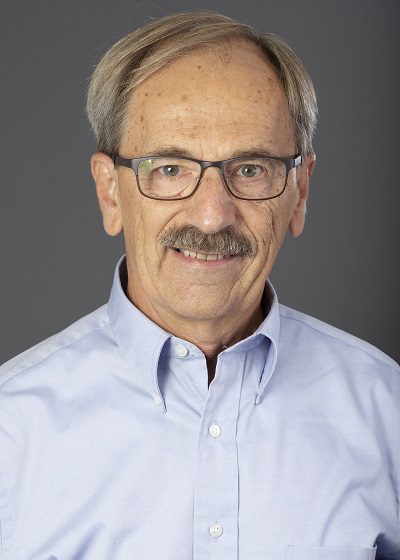From the Editor: Time to Enjoy Nature for Its Beauty … and Engineering

The last few months have certainly been different. Many people are working from home, and there’s much less travel leading to jokes about commute times to the office and how many weeks per gallon cars are reporting as their efficiency standard. This different way of work life also has had effects on nature and our environment. Areas of the globe are reporting cleaner air (New York estimated a 50-percent decrease in pollution) and more wildlife roaming the cities and towns. There are fewer vehicle accidents.
Personally, I’ve taken more time to watch nature in the last few months. I remember some of the activities that occur during spring from various science classes and Boy Scouts … and just growing up. But this year I was able to focus more on this season of growth and construction.
Avian Construction
In the Midwest, spring arrived a bit late. The color green finally began to show sometime in April. Following shortly, “nest construction season” began in earnest. This is an amazing thing to watch, and I recommend it highly. The focus and industriousness of birds are admirable. With zero plans or specifications and only raw materials found nearby, birds create homes. Granted, their requirements aren’t as great, but they’re as innovative as us engineers. Sticks and grass and pieces of discarded paper, mixed with a little mud for some species, become the structural components of their nurseries.
An article in The New York Times in March 2020 by Siobhan Roberts, “Why Birds Are the World’s Best Engineers,” describes studies being performed by Dr. Hunter King about nest construction. It’s a good read that inspired me to think about how engineers emulate nature in design. Perhaps we’ll learn something new from nature as a result of the pandemic.
Learning Through (Lots Of) Time
Biomimicry describes the process of using innovations that exist in nature and applying them to current technology. Animals and plants have been around for millions of years—many scientists will tell you that birds are the only remaining dinosaurs on our planet. It seems logical to borrow some ideas from them. There are numerous articles written about biomimicry and examples of engineers’ uses of nature in design. Shapes of machines moving through air and water are obvious examples.
One innovation new to me is the development of window glass using the ultraviolet-reflective strands of spider webs as a model. Millions of migrating birds die each year flying into windows because they can’t identify the glass surface. This spring I saw a bird fly directly from my bird feeder into my window just above my head. Luckily, she was only stunned and flew away. Imagine how many more birds there might be if windows were made of a material that simulates what spiders have already created.
Can Humans Learn the Lessons?
Nature has taught us well through the centuries. Engineers, often at the direction of special-interest groups or the government, have tried to re-engineer some of nature’s “projects.” Building cities on lands that were once deserts creates a need for water to be diverted, causing drier areas in the wake. The Florida Everglades was redesigned in the 20th century for billions of dollars, and the public continues to spend billions of dollars to undo the harm caused.
We have the opportunity to see what significant effects our quarantined lifestyle has had on our environment—even in only a half a year. Not all changes are for the better. Doctors say not as many patients who need medical care are going to the hospital because of coronavirus fear. Calls to poison-control centers and suicide-prevention lines have increased. Health experts talk about signs of rising alcohol and drug use, poorer diets, and a lack of exercise among those cooped-up at home. In addition, millions of people are unemployed and hungry.
How much of these effects of the quarantine are permanent? People won’t travel to the office twice a day to make up for their lost commutes, but they may take additional vacation trips. Hopefully, people will be more careful about the health of the community.
I do not propose the occasional virus to change our way of life. However, during this time of pause from the craziness of the busy lives we all lead, I hope some engineers are able to sit still and watch nature with the purpose of learning how the environment and its inhabitants interact, and try to discover the methods, processes and designs nature has provided.
About Robert Schickel
Robert Schickel was born in New Jersey and received his BS in Civil Engineering degree in 1971 from Valparaiso University in Indiana. His career started as a bridge design engineer and expanded to include design of various transportation facilities, including highways, bridges, rail lines and stations, and airport runways. Mr. Schickel managed engineering offices ranging from 20 to 140 people. He also served as a consultant to a large utility company. Mr. Schickel currently resides in Indiana and serves as Adjunct Professor for the College of Engineering at Valparaiso University. He enjoys his retired life at his lake house, playing golf, listening to music and spending time with his family, especially his grandchildren.


